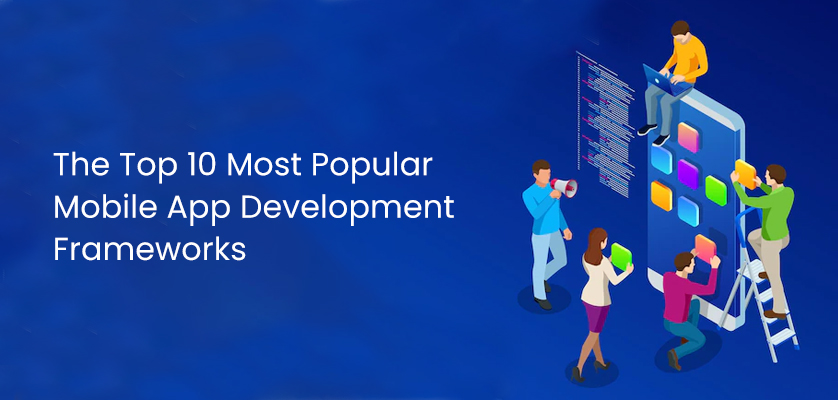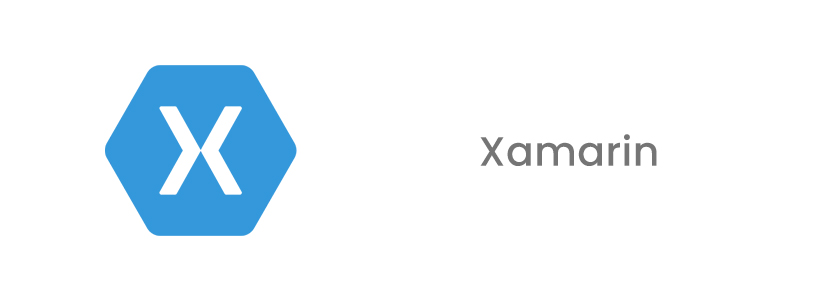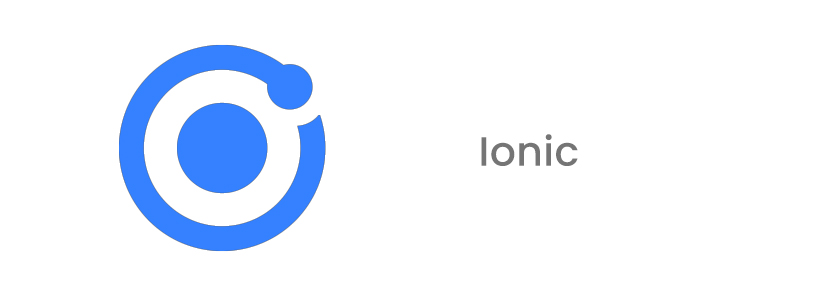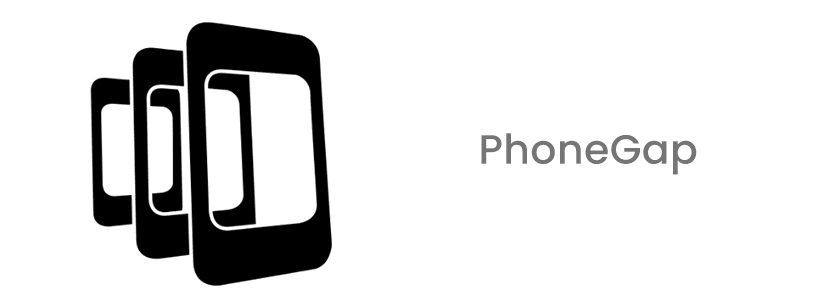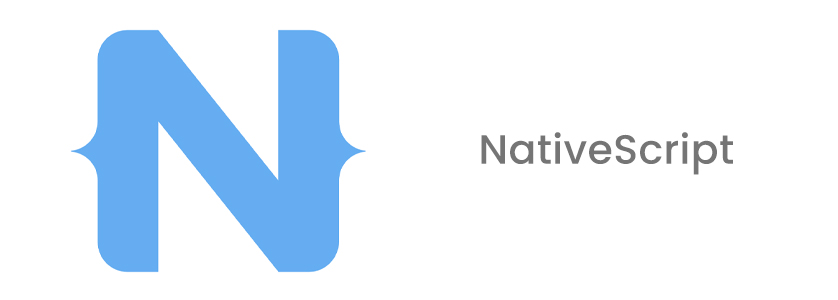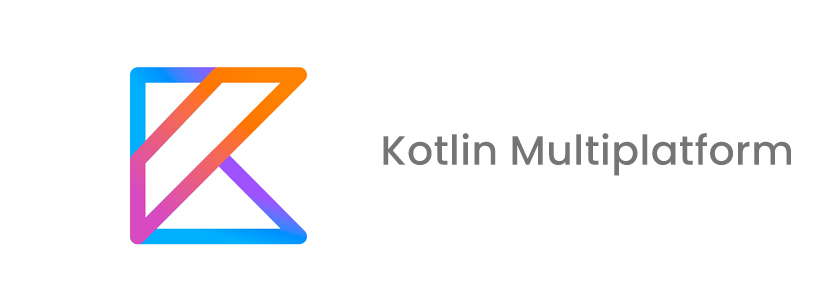Mobile app development is a rapidly growing industry, with more and more businesses and organizations turning to mobile apps to engage with their customers and improve their operations. With so many different frameworks and tools available, it can be difficult to know which ones are the most popular and most effective for developing mobile apps. The following list of the top 10 most popular mobile app development frameworks. These frameworks have been chosen based on their popularity, functionality, and ease of use. They are widely used by developers and have strong community support, making them the best mobile app development choice. They are –
React Native

React Native is an open-source mobile app development framework for creating mobile apps using React and JavaScript. It was developed by Facebook and allows developers to build mobile apps that look and feel like native apps while using JavaScript and React. It allows developers to share up to 90% of the code across different platforms, which means that developers can write the code once and run it on multiple platforms such as iOS and Android. React Native uses a virtual DOM (Document Object Model) which makes it perform faster and more efficiently than other similar frameworks.
Flutter

This mobile app development framework is developed by Google and is based on the Dart programming language. It allows developers to build high-performance, visually attractive apps with a reactive programming model. The framework allows developers to create custom, expressive user interfaces and it also offers a rich set of customizable widgets that provide a natural look and feel. One of the key features of Flutter is its ability to provide “Hot Reload” which allows developers to quickly and easily experiment, build UIs, add features, and fix bugs faster. It also provides great performance and fast development time.
Xamarin
Xamarin is a cross-platform mobile app development framework developed by Microsoft. It allows developers to build mobile apps for iOS, Android, and Windows using C# and the .NET framework. It uses a single codebase for all platforms, which means that developers can share up to 90% of the code across different platforms. This framework is built on top of the .NET framework and uses C# as the main programming language, which makes it easy for developers who are already familiar with C# to start building mobile apps.
Ionic
Ionic is an open-source framework that allows developers to build cross-platform apps using web technologies such as HTML, CSS, and JavaScript. It is built on top of AngularJS and Apache Cordova, providing a powerful and flexible set of tools for mobile app development. Ionic allows developers to create apps that look and feel like native apps, and it provides a set of pre-built UI components, such as forms, lists, and tab bars, that can be easily customized to match the design of the app. With the Ionic framework, developers can create apps that run on multiple platforms, including iOS, Android, and the web, with a single codebase.
PhoneGap
PhoneGap, now known as Apache Cordova, is a mobile app development framework that allows developers to build mobile apps using web technologies such as HTML, CSS, and JavaScript and then package them for distribution on various app stores. PhoneGap provides a bridge between web technologies and native mobile device features, allowing developers to access device features such as the camera, GPS, and push notifications. This framework is widely used by developers for its ease of use and ability to build cross-platform apps.
NativeScript
NativeScript is an open-source mobile app development framework that allows developers to build truly native apps for iOS and Android using Angular, Vue.js, and TypeScript. It allows developers to use the same codebase for both iOS and Android, making it a great choice for cross-platform app development. NativeScript also provides a set of APIs for accessing native functionality on iOS and Android, such as camera, GPS, and push notifications, ensuring that the apps built with NativeScript have a native-like performance and user experience.
Kotlin Multiplatform
This is a framework that allows developers to share code between different platforms like Android, iOS, and Web using the Kotlin programming language. It allows for easy creation of cross-platform apps and enables developers to take advantage of the expressiveness, safety, and clarity of Kotlin. It has a growing community and is gaining popularity among developers for its ability to write once and run on multiple platforms.
Corona SDK
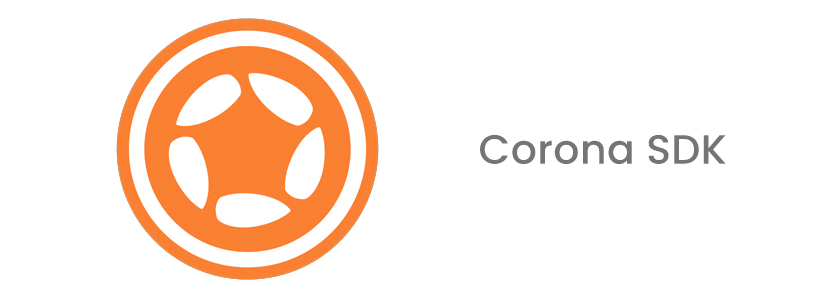
Corona SDK is a mobile app development framework that allows developers to build 2D games and apps for multiple platforms, including iOS, Android, and Kindle Fire, using the Lua programming language. It offers a wide range of features that make it easy to develop and publish apps, including a built-in physics engine, support for in-app purchasing, and a large library of pre-built plugins. The framework is known for its high performance, ease of use, and quick development time. It’s a great choice for developers looking to build 2D games and apps that can run on multiple platforms with a single codebase.
Sencha Touch

Sencha Touch is a mobile app development framework for building cross-platform mobile apps with HTML5, CSS3, and JavaScript. It is built on top of the Ext JS framework and provides a wide range of UI components, such as lists, forms, and charts, to help developers create high-performance and visually appealing mobile apps. It also includes a built-in MVC architecture and support for various mobile platforms, including iOS, Android, and BlackBerry.
JQuery Mobile
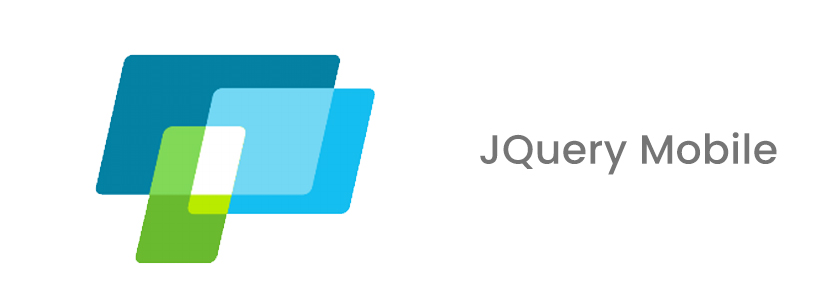
jQuery Mobile is a JavaScript library that is designed to make it easy to create mobile-friendly websites and web applications. It uses a combination of HTML, CSS, and JavaScript to create a user interface that is optimized for touch-based devices, such as smartphones and tablets. jQuery Mobile provides a set of pre-built UI elements, such as buttons, forms, and toolbars, that can be easily integrated into a web page or application. Additionally, it includes a number of features that make it easy to create responsive designs that adapt to different screen sizes and orientations.
Read more – The Top 6 Most Common Cybersecurity Threats

